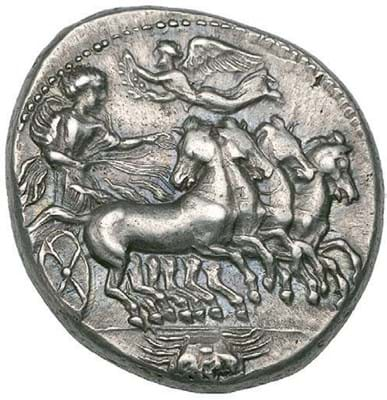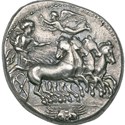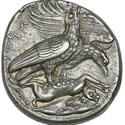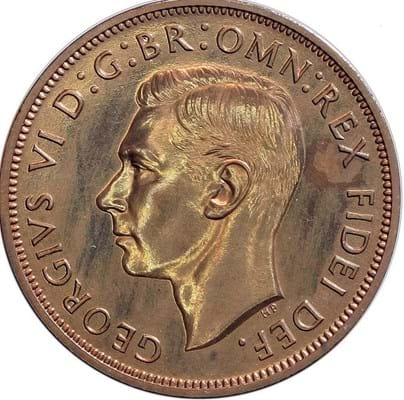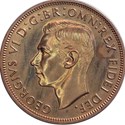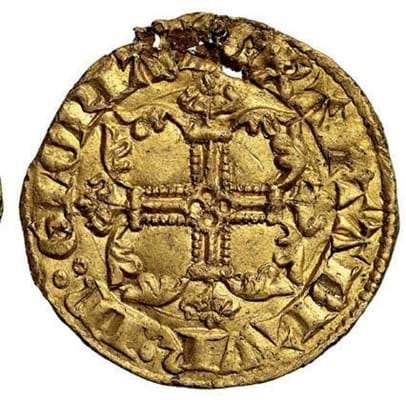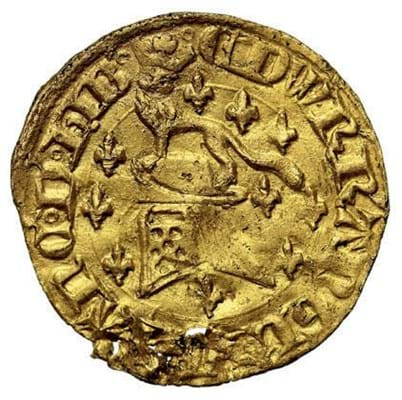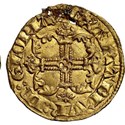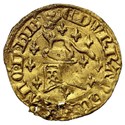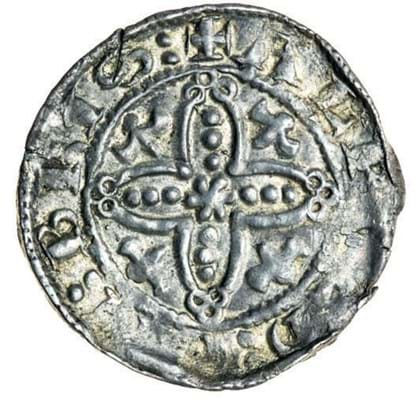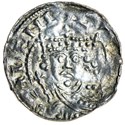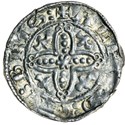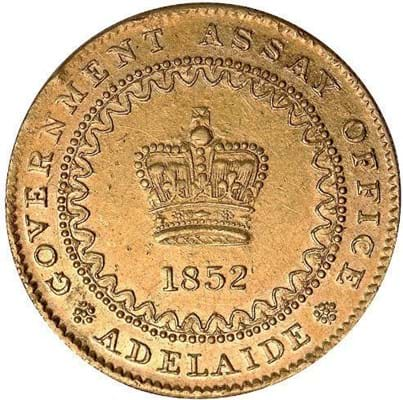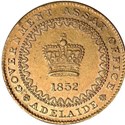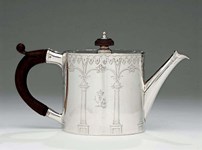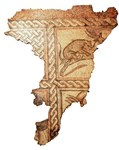Its usual London home, the Millennium Hotel, is undergoing refurbishment so this year buyers and sellers will descend on County Hall with nearly 100 exhibitors signed up – a significant increase from the 80 or so last year.
The fair, scheduled for September 28-29, has also extended its invitees in a “one-off” deal to dealers who are not members of fair organiser, the British Numismatic Trade Association (BNTA).
‘Continuing to grow’
Both dealers and auction houses exhibit at the fair with a series of auction sales held before and during the event to capitalise on the influx of serious collectors to London. Record prices have recently been achieved in the field of British hammered and milled coins in particular.
However, Christopher Webb, head of the coins department at Dix Noonan Webb, believes the sector still has room to develop. He said: “The market is solid and continues to grow. By the end of 2018 we will have held five general coins sales and three auctions of single owner collections this year and so far all of them have been successful.”
Despite concerns the market may have become overheated Webb says DNW has “not encountered the predicted resistance to high value material”. He points to the recent sale of an 1893 Proof Set for £55,000 against an estimate of £30,000 to £35,000, “the sort of price range that we achieved last year.” DNW’s next auction is held just ahead of Coinex on September 25.
Maintain standards
The need to nurture clients in the shop, on the trade stand and in the auction room, is something that is taxing the dealing community. Dealer Mark Rasmussen said: “There are so many auctions now competing for business there is not the focus on developing the collector base. It is important for the trade to keep standards up. I am concerned there is no longer a catalyst to nurture and develop collectors as there used to be.”
Tom Eden, coin specialist at Morton & Eden, says events like Coinex with its blend of both retail and auction are the perfect places to help collectors develop this knowledge. He said: “We will meet clients and collectors at Coinex. Many people travel over from Europe and it is a great meeting place. There are even younger people who visit to learn about the market.”
Previews
Morton & Eden
Auction house Morton & Eden is previewing 50 Greek and 50 Roman coins at Coinex that will be auctioned at its October 24 sale. Tom Eden said the coins come from two different, carefully-assembled private collections.
Among the highlights is a Greek tetradrachm of Akragas in Sicily (struck shortly before its destruction by the Carthaginians in 406 BC), depicting a quadriga on its obverse and a dramatic scene of eagles tearing at a hare on its reverse. It is estimated at £40,000-60,000.
Morton & Eden will also show a selection of Islamic coins (again for sale on October 24), as well as English and European coins to be auctioned on November 28.
Mark Rasmussen
Dealer Mark Rasmussen’s key coin for Coinex is a 1952 penny – the only known example. It has passed through his hands three times. It was sold in October 1997 at AH Baldwin and until this appearance it was unknown to the collecting fraternity. He added: “It now joins the ranks along with the other great rarities – the pennies of 1933, 1937 (Edward VIII) and the 1954.” He is offering it at £135,000.
Sovereign Rarities
A great English rarity on the stand of Sovereign Rarities will be the Edward III gold helm or half leopard – a coin that enjoyed a lifespan of a mere seven months back in 1344. The rarest and smallest of the three gold denominations issued as England’s first proper gold coinage, it is one of only two examples ‘in commerce’ with another in the British Museum.
The abbreviated Latin legends translate as, on the obverse, Edward by the Grace of God, King of England and; and on the reverse He shall be exalted in glory. Found in Colyton, Devon in April 2015, it was sold at Spink later in the year. It is priced at £90,000.
Spink
Spink will conduct the third sale of coins from the Williams collection on September 26. The sale contains 100 Norman coins, from the Conquest to the end of the reign of Stephen. They include a good selection of the irregular local coinages minted during the civil war period known as The Anarchy as well as those issued by the empress Matilda and her supporters.
This silver penny struck in Bristol during the reign of Henry I (1100-35) once formed part of the so-called Canterbury hoard comprising around 358 pennies deposited c.1130-35. It was said to have been found in 1901 during work at the Archbishop’s Palace and afterwards taken to Bournemouth. Estimate £1200-1500.
Baldwin’s
The Premier Sale held by Baldwin’s of St James’s at County Hall on September 28 includes this strike of one of Australia’s best-known early coins, the 1852 Adelaide pound. It is estimated at £32,500-37,500.
The discovery of gold near Adelaide brought forward the need for a hard currency in a country that had previously traded with worn-out foreign coins. In November of 1852, the South Australia Legislative Council passed an emergency measure and hired local die-sinker Joshua Payne to create an ‘emergency token’ detailing both the weight and fineness of the bullion.
No more than 50 of these coins were struck before the famous crack emerged on the reverse and the die replaced.


